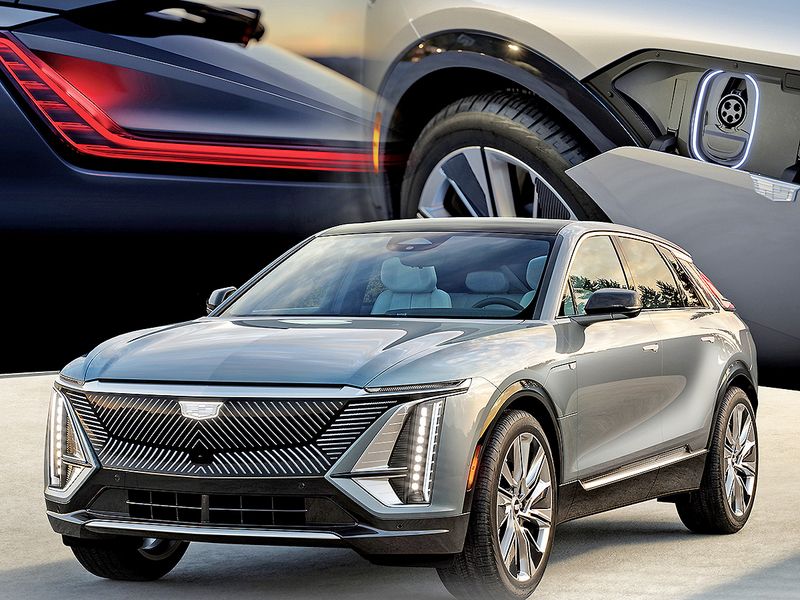
DETROIT — It’s no coincidence that Cadillac is starting its push toward an all-electric lineup by the end of the decade with a vehicle in the same segment as Tesla’s Model Y.
The Model Y is now the most popular electric vehicle in the U.S., accounting for 41 percent of EVs registered in the first quarter, according to Experian. Tesla’s fast-rising market share shows that consumers are willing to buy luxury EVs today, said Mahmoud Samara, vice president of Cadillac North America, and General Motors’ luxury brand is taking direct aim at the Model Y with the Lyriq crossover due out in early 2022.
“This is exactly why we are launching Lyriq at this moment in time and starting with that segment,” Samara told Automotive News.
The Lyriq is scheduled to be followed by a parade of Cadillac EVs that the brand has yet to unveil. Until the EV portfolio fills out, Cadillac is relying on its gasoline-powered lineup to prepare for the future — and its first-quarter results included significant gains that Samara says will help position the brand’s EVs to succeed.
Cadillac’s retail sales grew 43 percent from a year earlier to 36,200, its best first-quarter tally since 2014. Retail sales are on an eight-month growth streak, the longest since 2013. The brand’s average transaction price rose to a record-high $58,550. And dealerships’ return on sales reached a record 4.3 percent.
“As you invest in the future, momentum today is as important. This is not about promise making. This is about promise keeping,” Samara said. “That promise has been kept today and will continue for the future with Lyriq and our EVs beyond Lyriq as well.”
Cadillac will open Lyriq reservations in September, but the brand and its dealer council are working to finalize the dealership allocation strategy.
“We have already had a couple of discussions,” Samara said, “and I feel we are in a good place whereby we’ll have a plan that is aligned between what Cadillac wants and also a plan that is ready for the dealers to act upon.”
Cadillac has worked to keep the global microchip shortage from disrupting the rollout of the Lyriq and gasoline-powered CT4-V Blackwing and CT5-V Blackwing performance sedans. It also has kept production going for high-margin, fast-turning vehicles such as the Escalade full-size SUV.
In contrast, the Fairfax Assembly plant in Kansas that builds the Cadillac XT4 is in the midst of five months of downtime to conserve chips, until at least July 5. A Michigan plant that builds the CT4 and CT5 is shut down for May and June, except to support CT4-V Blackwing and CT5-V Blackwing production in June. Spring Hill Assembly in Tennessee, which builds the XT5 and XT6 crossovers, has also had downtime over the past few months.
About one fifth of Cadillac’s nearly 900 U.S. dealers accepted a buyout offer late last year to give up their franchise as the brand transitions to electric vehicles.
Dealers who accepted the buyout have until Nov. 30 to wind down Cadillac operations. A small number already have stopped selling new Cadillacs, Samara said.
Dealers who continue with the brand are required to invest an average of $200,000 in their facilities for EV sales and service. Almost all of the remaining dealers have finished assessments for the EV upgrades, Samara said.
Limited stock at dealerships because of production slowdowns related to the chip shortage and coronavirus pandemic led to high profit for dealers over the past year. Record-high profitability for Cadillac retailers will better position them for the EV investments, Samara said.
“We at Cadillac live in two worlds. We live in the here and now. … We also live in an all-EV future,” Samara said. “We know that to win tomorrow, you must win today.”

